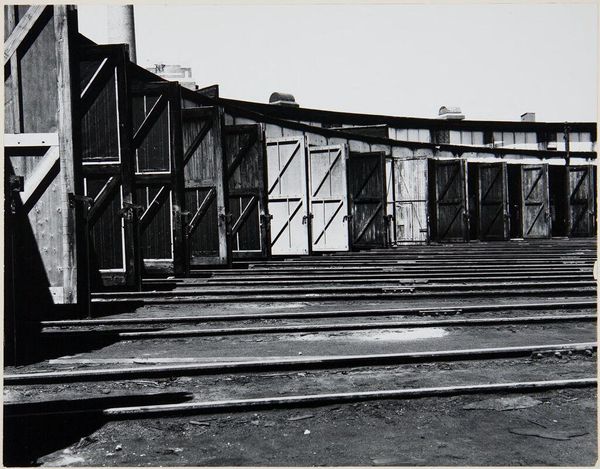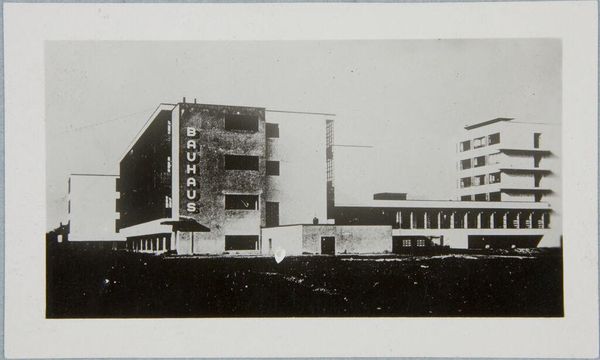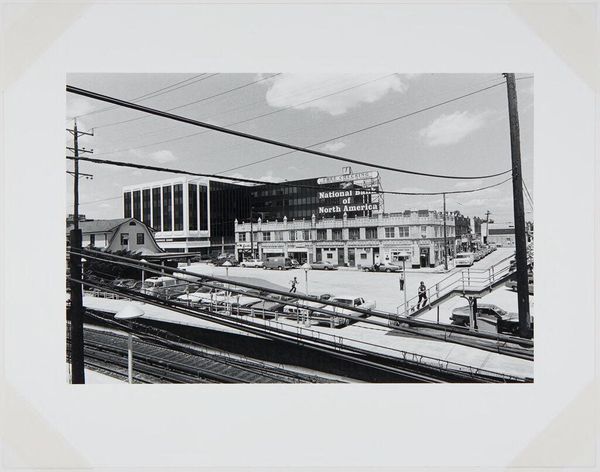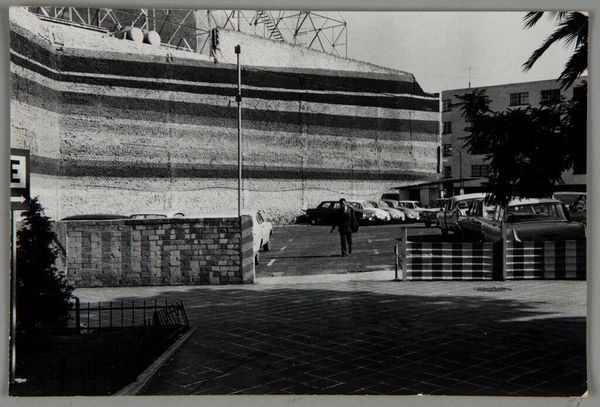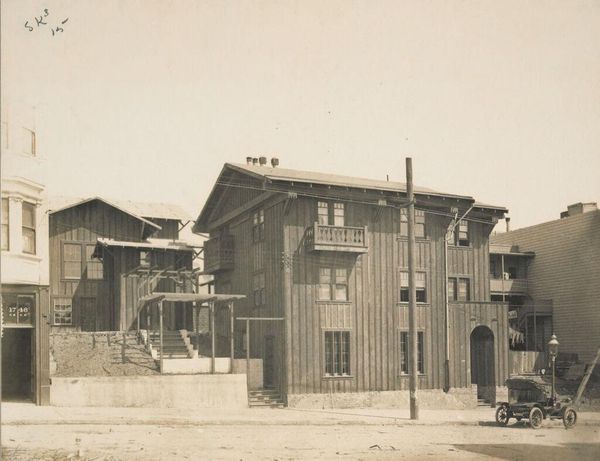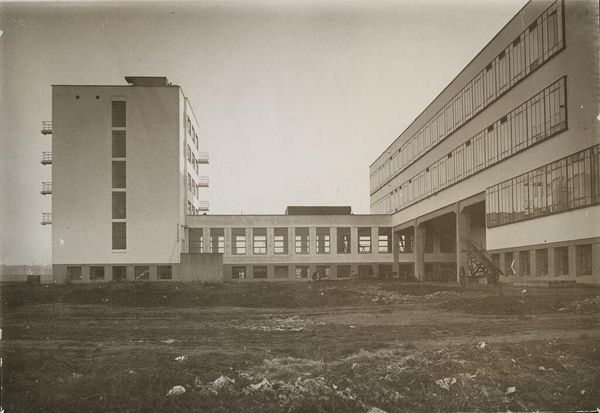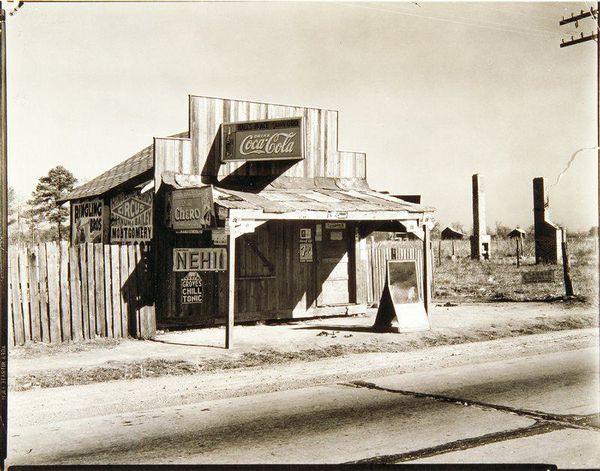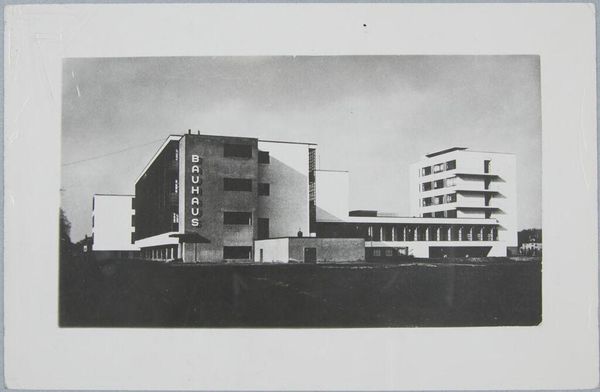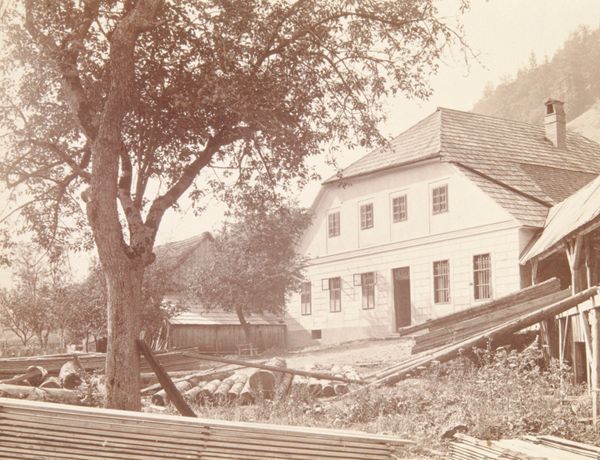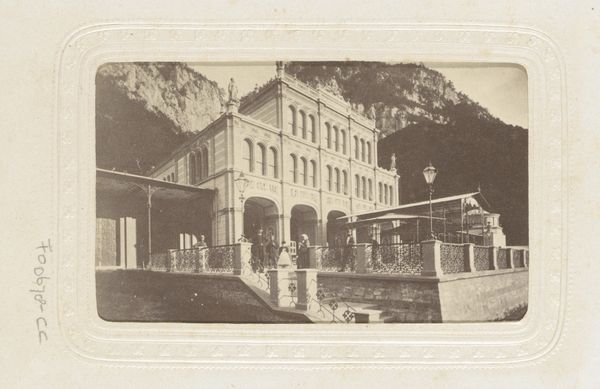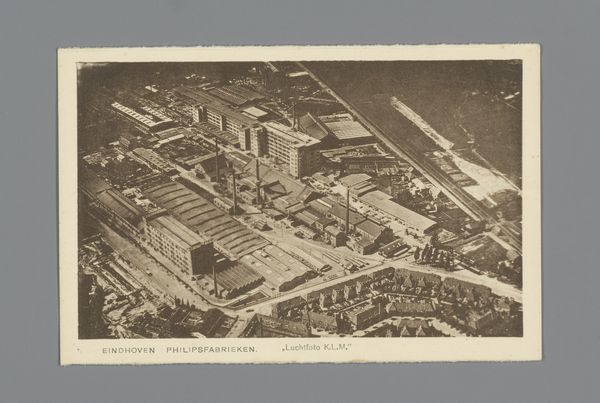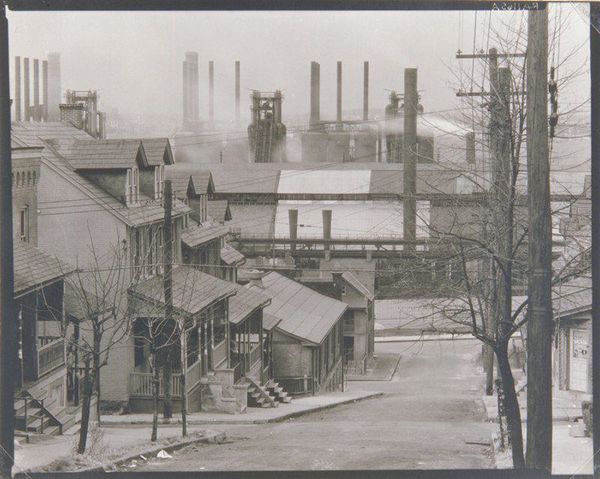
photography, gelatin-silver-print
#
precisionism
#
black and white photography
#
photography
#
black and white
#
gelatin-silver-print
#
cityscape
#
modernism
#
realism
Dimensions: image: 24.1 x 19.4 cm (9 1/2 x 7 5/8 in.) sheet: 25.3 x 20.3 cm (9 15/16 x 8 in.)
Copyright: National Gallery of Art: CC0 1.0
Editor: Here we have Paul Strand's gelatin-silver print, "Truckman's House, New York," created sometime between 1922 and 1959. The contrast between the old building and those repetitive structures is really striking to me. What story do you think Strand is trying to tell us here? Curator: It’s interesting you mention the contrast. Strand, deeply influenced by modernism and, here, Precisionism, captured not just the physical structures but the socio-economic landscape of the time. Notice how the "Truckman's House" sign looms above those smaller, almost identical sheds. What does this suggest about labor, industry, and even advertising during that period in New York? Editor: So, the billboards and the building itself are commentary on industry and advertising of the time? Curator: Exactly. Consider the ads: “La Palina” and “Monte Cristo”— cigars associated with wealth and leisure. They tower over a gritty urban environment, potentially reflecting the inequalities and consumer culture of early to mid-20th century America. Also note the position of that garbage filled field on the middle ground. What purpose do you suppose that served in the grand scheme? Editor: I guess it adds to the overall impression of…disparity? The ads are selling luxury while the backdrop shows something very different. That trash strewn hillside and the close quarters feel so at odds with each other. I hadn't considered it in that way before! Curator: Precisely. Strand is inviting us to critique this juxtaposition. He pushes us to reflect on the ethics embedded within everyday imagery and spaces, a recurring theme in his body of work and life. It's about decoding power structures manifested in the urban environment. Editor: It’s a little unsettling now that you point it out. It really makes you think about who benefits from all of this. Thanks, this has opened my eyes. Curator: It’s an image to consider more deeply and I’m grateful we had the opportunity to look at the image together.
Comments
No comments
Be the first to comment and join the conversation on the ultimate creative platform.
